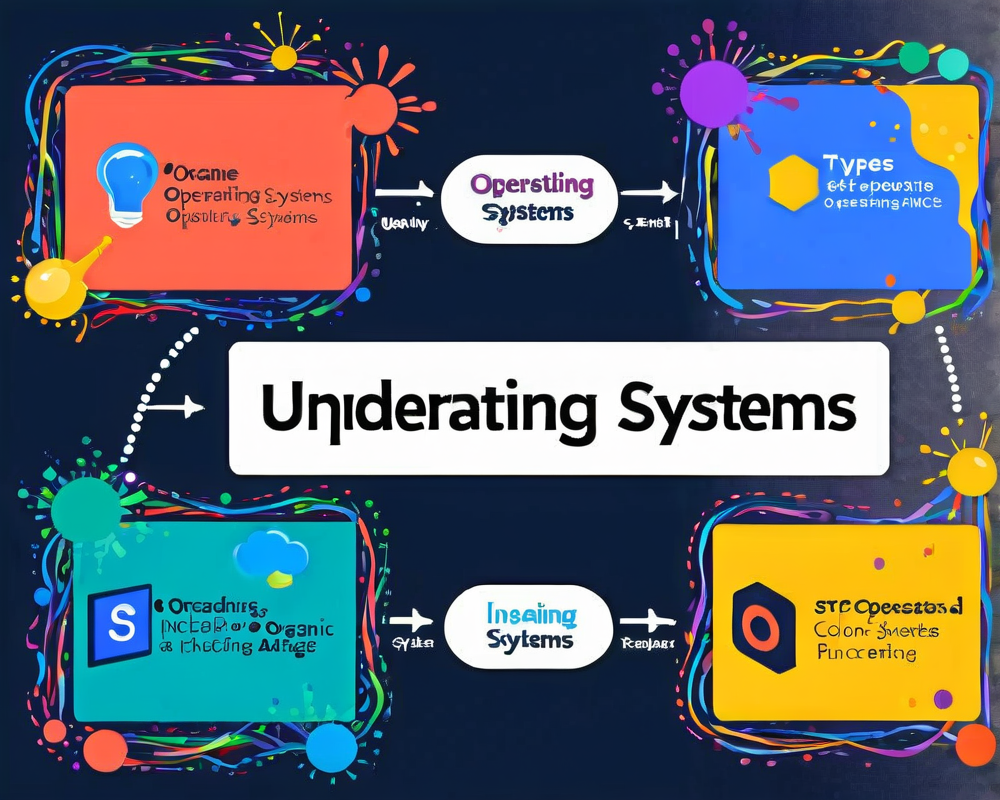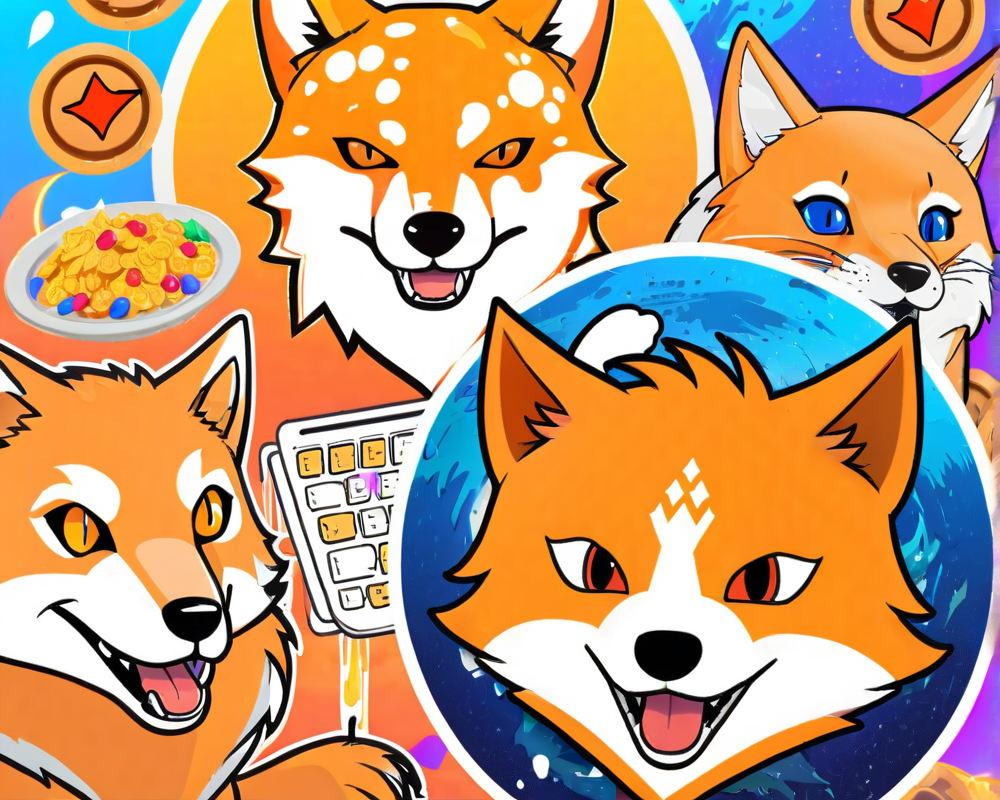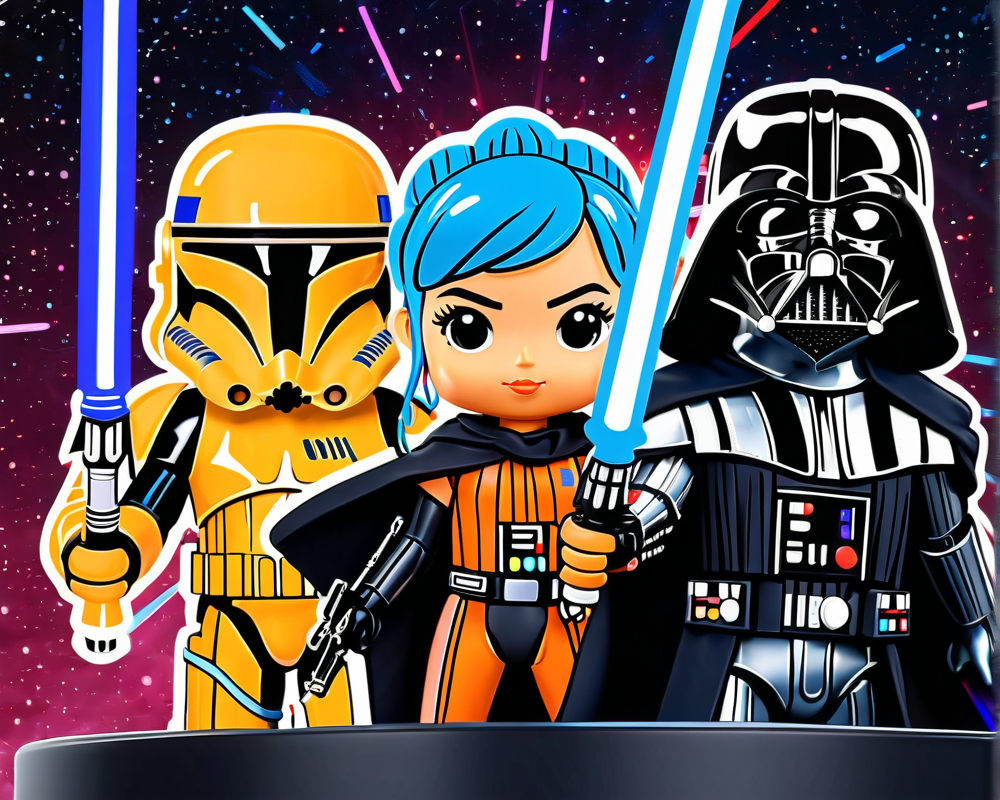What Exactly is an Operating System?
Picture an operating system (OS) as the magic glue that holds the chaotic world of computing together. In simple terms, it’s the software responsible for managing computer hardware and software resources while also providing essential services for application programs. Think of it as a friendly interpreter between your hardware and software – because honestly, without it, every program would just be yelling in its own language, and let’s face it, that would be a disaster.
The Various Types of Operating Systems
Operating systems come in all shapes and sizes, each with its unique flair and personality. Here’s a breakdown of some of the major players:
- Windows OS: The quintessential OS, designed by Microsoft, found ubiquitous on PCs and laptops. It’s like the best-seller at the bookshelf of operating systems.
- MacOS: The elegant option from Apple, exclusively crafted for their devices. Think of it as the trendy café on the block where all the cool kids hang out.
- Linux OS: The open-source marvel known for its flexibility and cost-effectiveness. If it were a character in a movie, it would be the lovable underdog that gives the mainstream a run for its money.
- Unix OS: The granddaddy of modern OSes, often seen in servers and mainframes, known for its stability and security. Picture it as a wise old owl who’s seen it all.
- Android OS: Created for mobile devices, this Google gem has made its way into countless smartphones. It’s like that friend who’s always on the go and knows all the best apps.
- iOS: Apple’s mobile operating system is specifically for iPhones and iPads. Think of it as the VIP-only party where every feature is perfectly curated.
- Chrome OS: A lightweight system by Google designed for Chromebooks, epitomizing the motto ‘less is more’ but still manages to pack a punch.
How Operating Systems Are Used in Everyday Life
Operating systems are everywhere, and their applications are vast:
- Personal Computers: OS software like Windows or MacOS allows users to control hardware on their desktops or laptops, running everything from games to spreadsheets all while looking good doing it.
- Servers: In data centers, Linux or Unix rule the roost, managing resources efficiently and powering web hosting or cloud services in the unseen background.
- Mobile Devices: Operating systems like Android and iOS manage the marvels of smartphones and tablets with an interface that invites users to swipe, tap, and scroll their way to productivity and entertainment.
- Embedded Systems: From smart appliances to complex medical devices, specialized operating systems make these machines tick. They’re like the unsung heroes working behind the scenes.
Operating Systems vs. Blockchain: Two Different Beasts
Let’s clear this up: a blockchain is not an operating system. While an OS manages your computer’s resources, a blockchain is a decentralized ledger for secure record-keeping. Here’s a fun analogy: if an OS is the foundation of a house, then a blockchain is the locked safe inside it, keeping important documents secure. They can work together, like peanut butter and jelly, but they serve distinctly different purposes.
Final Thoughts: Choose Wisely
As you navigate the enchanting world of technology, remember that the right operating system can make or break your experience. Consider your needs, whether it’s the seamless elegance of MacOS, the customization of Linux, or the functionality of Windows. Choose wisely, my tech-savvy friend!




